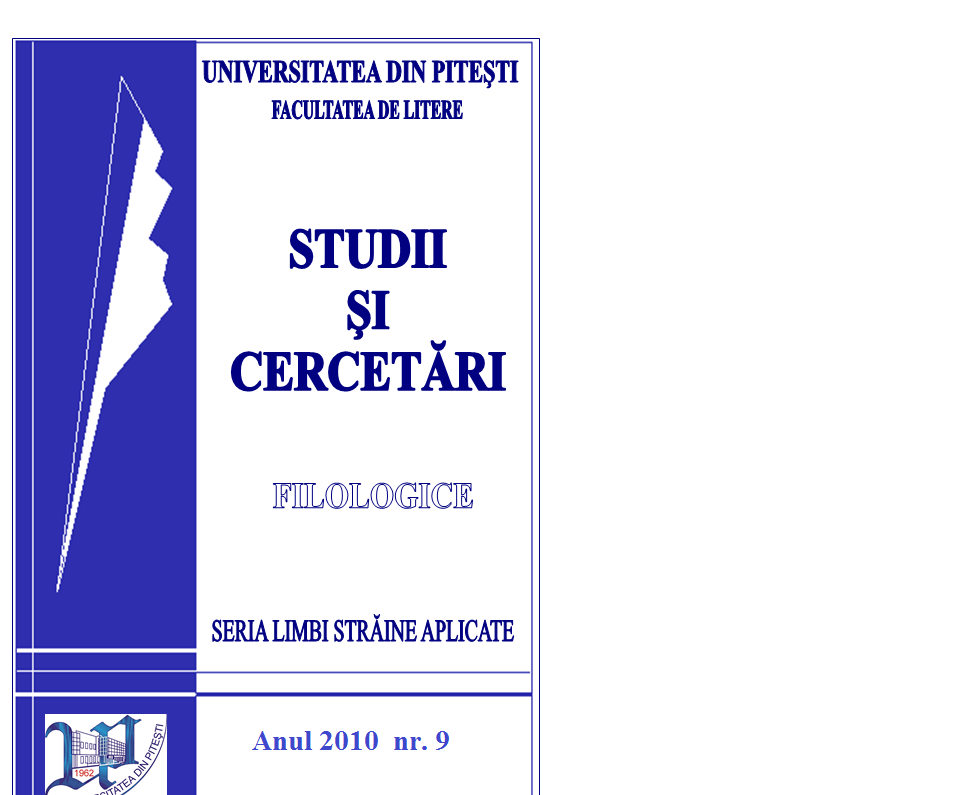FURTHER NOTES FOR A CONTRASTIVE AND DIDACTIC
APPROACH TO THE USE OF THE PRESENT PERFECT TENSE VS.
THE PAST TENSE
FURTHER NOTES FOR A CONTRASTIVE AND DIDACTIC
APPROACH TO THE USE OF THE PRESENT PERFECT TENSE VS.
THE PAST TENSE
Author(s): Constantin ManeaSubject(s): Language and Literature Studies
Published by: Editura Universităţii din Piteşti
Keywords: Present Perfect. Past Tense. teaching. pitfalls. communicative.
Summary/Abstract: The Present Perfect Tense is a notable instance of the many quirks, “pitfalls” and inherent intricacies that can make the acquisition of English grammar quite a challenge, even with advanced students. Its dissimilarity from its possible counterparts in most European languages (including Romanian) is patent. The present contribution continues the author’s preoccupation with such “False Friends” that teaching is called upon to overcome (at least, to an acceptable degree). Since the Present Perfect Tense closely incorporates tense and aspect information, while also being highly context-, and attitude-dependent, it requires conscious communicative adjustment on the part of the nonnative speaker, including the students of EFL. The grammatical category of Aspect often emerges as a linguistic “trap” for foreign learners of English, since, in Romanian, it is rendered unsystematically, mainly through specialized words, phrases, or derivational morphemes, being, in most cases, rather lexicalized (and comparatively syntax-dependent); in English aspect is a grammatical category mainly – and essentially – subordinated to the category of tense, and is usually taught as such. In this presentation, very much as in the previous one dealing with the Present Perfect and Past Tense, we considered that the most serious grammatical “trap” with respect to the use and definition of the two tenses under consideration is laid by the notion of perfectivity. The contribution presents the main tenses involved in the broader picture of the English tenses and verbal structures related, in a way or other, to the past – viz. the Past Tense Simple, the Past Tense Progressive, the Present Perfect Simple Tense, and the Present Perfect Progressive Tense –, as well as the main differences (in meaning, grammatical collocation and communicative implications) between the Present Perfect Tense and the Past Tense. The author’s remarks could hopefully contribute to facilitate teacher handling of the tense system of English. The Present Perfect Tense can be taught, we hope, in a more suitable manner if adequate activities are used communicatively in the EFL classes.
Journal: Studii şi cercetări filologice. Seria Limbi Străine Aplicate
- Issue Year: 2010
- Issue No: 9
- Page Range: 93-104
- Page Count: 12
- Language: English

